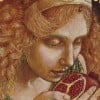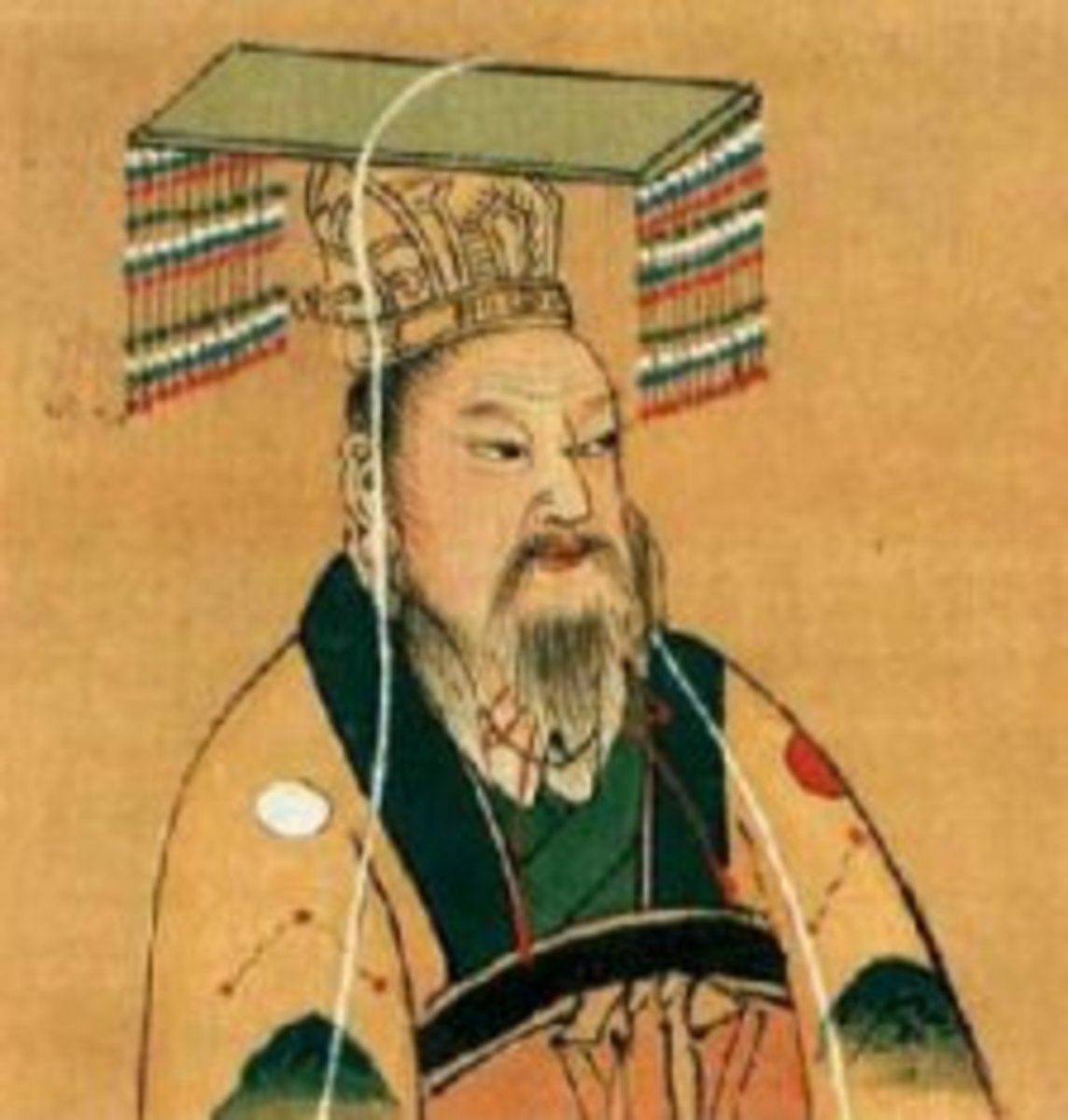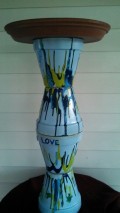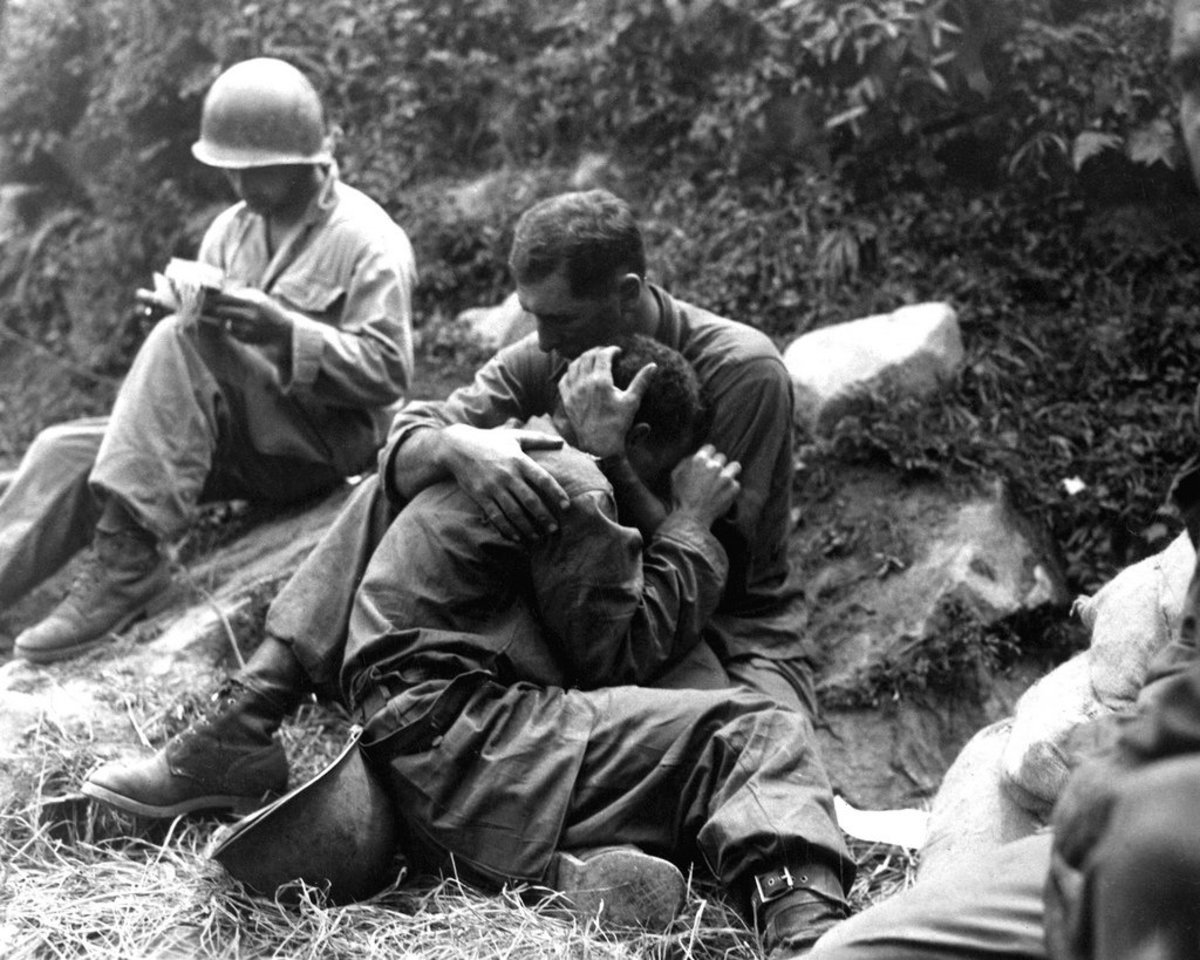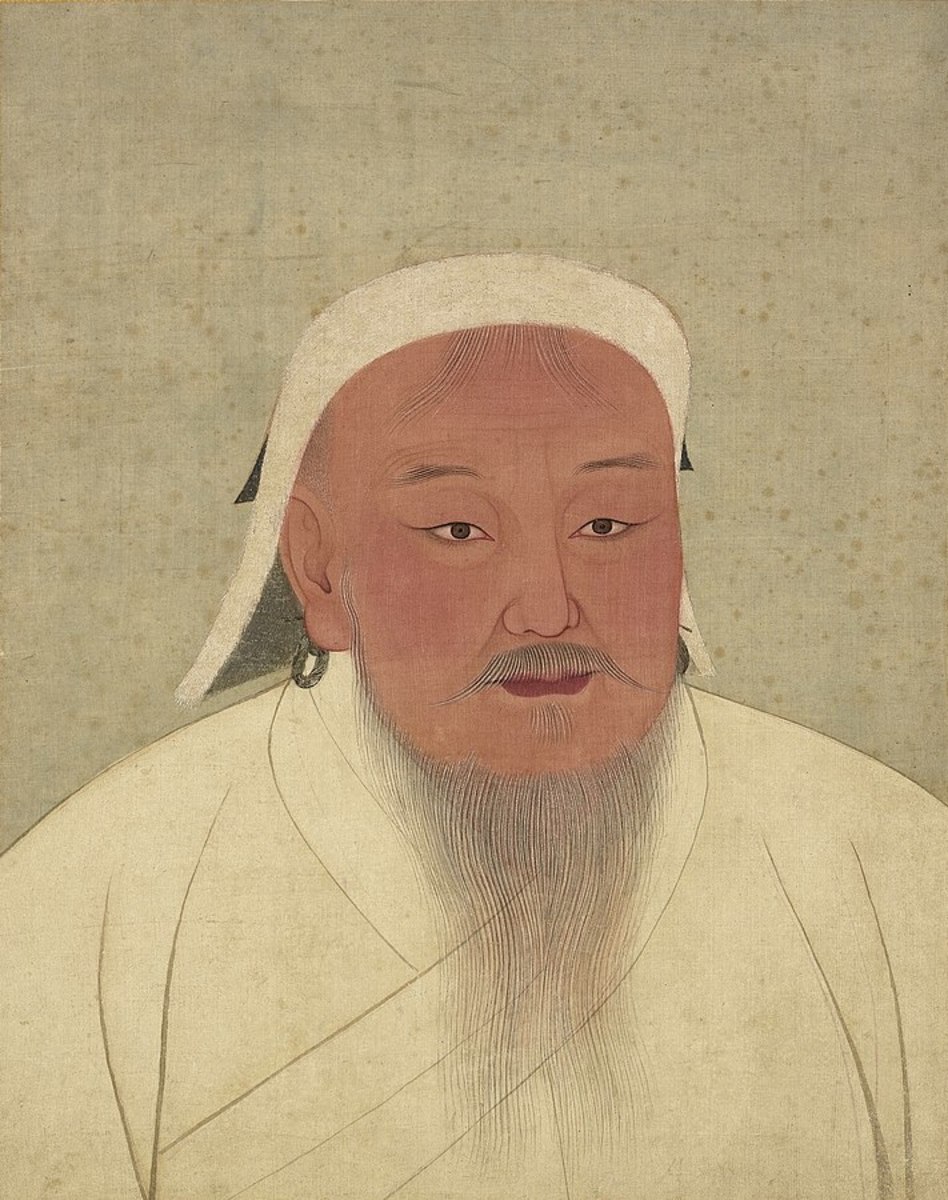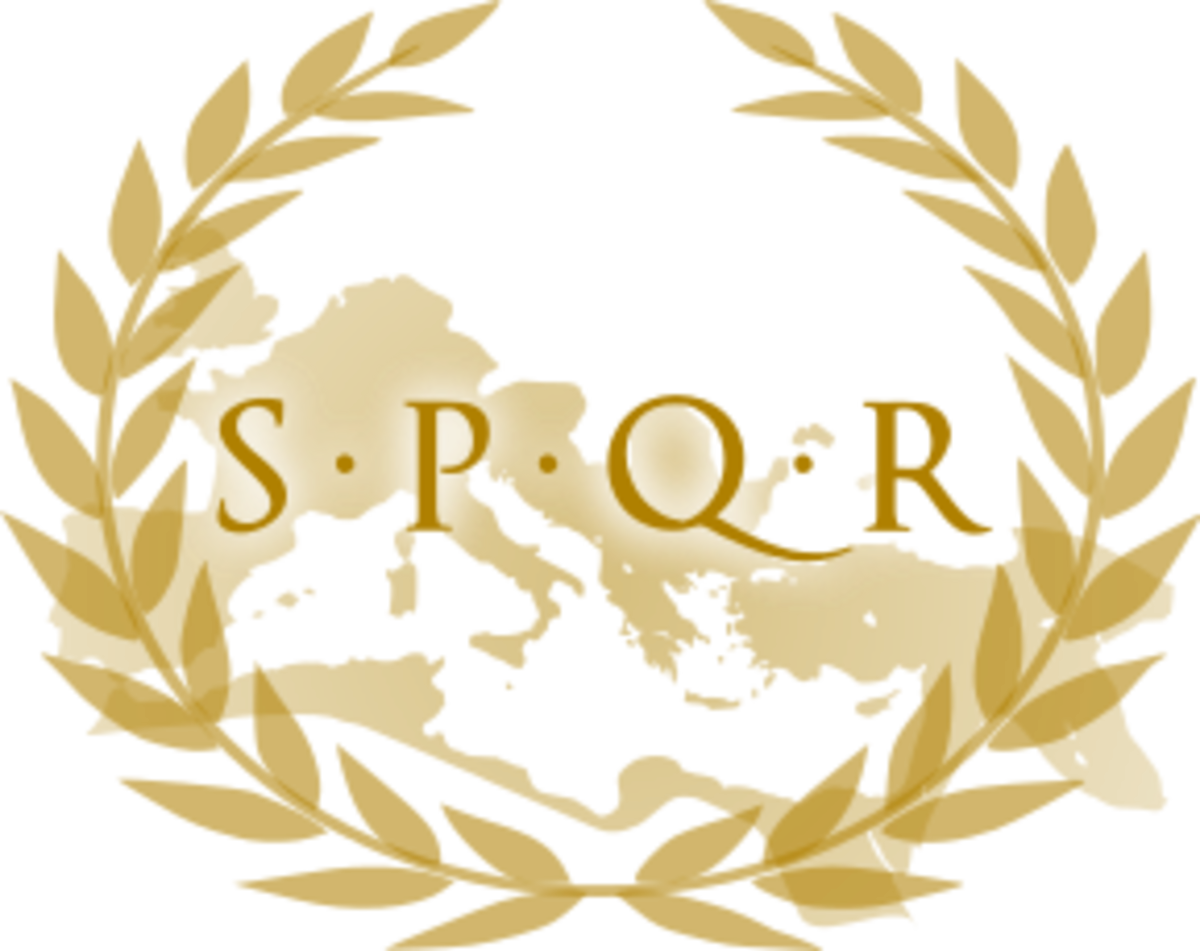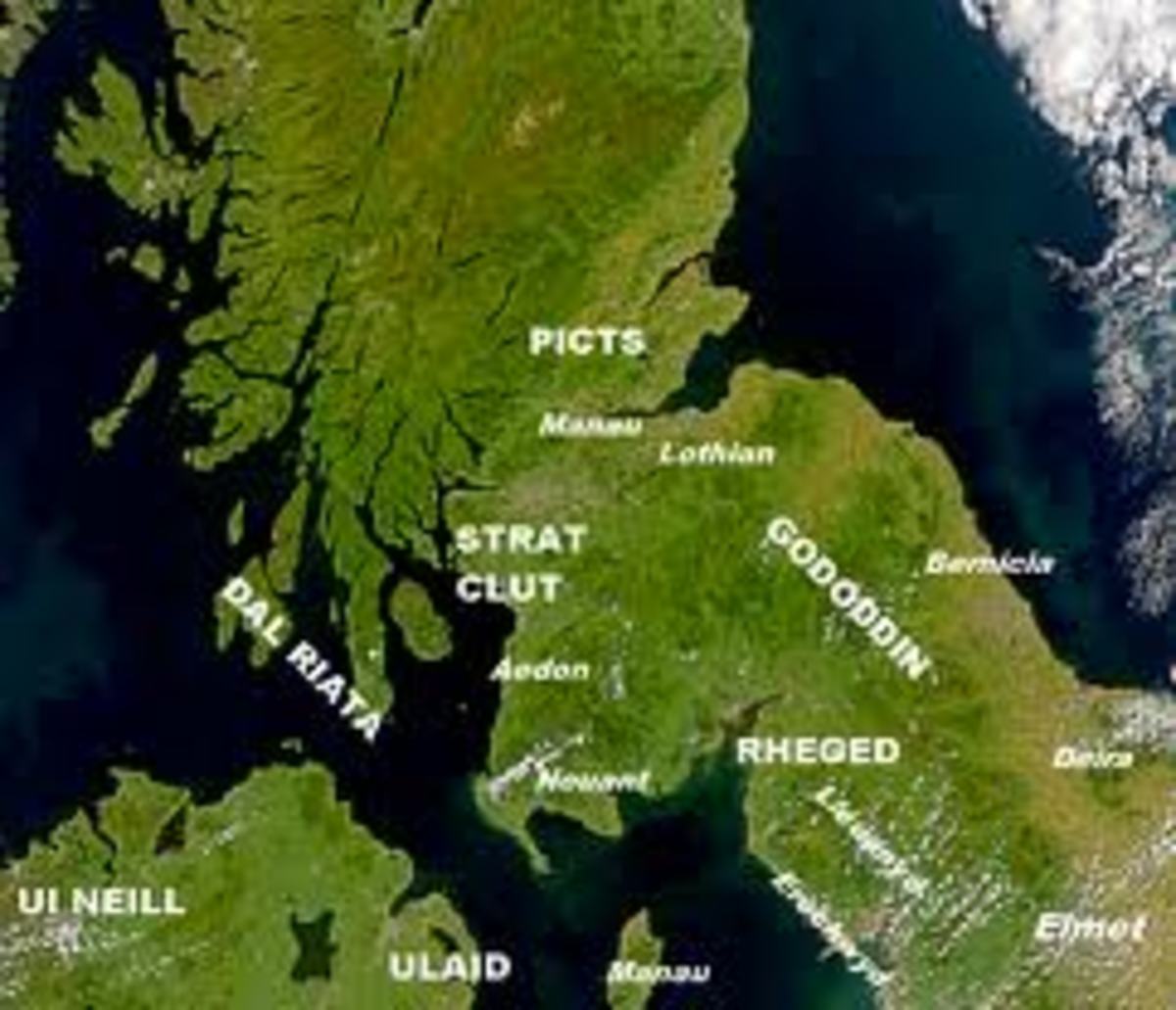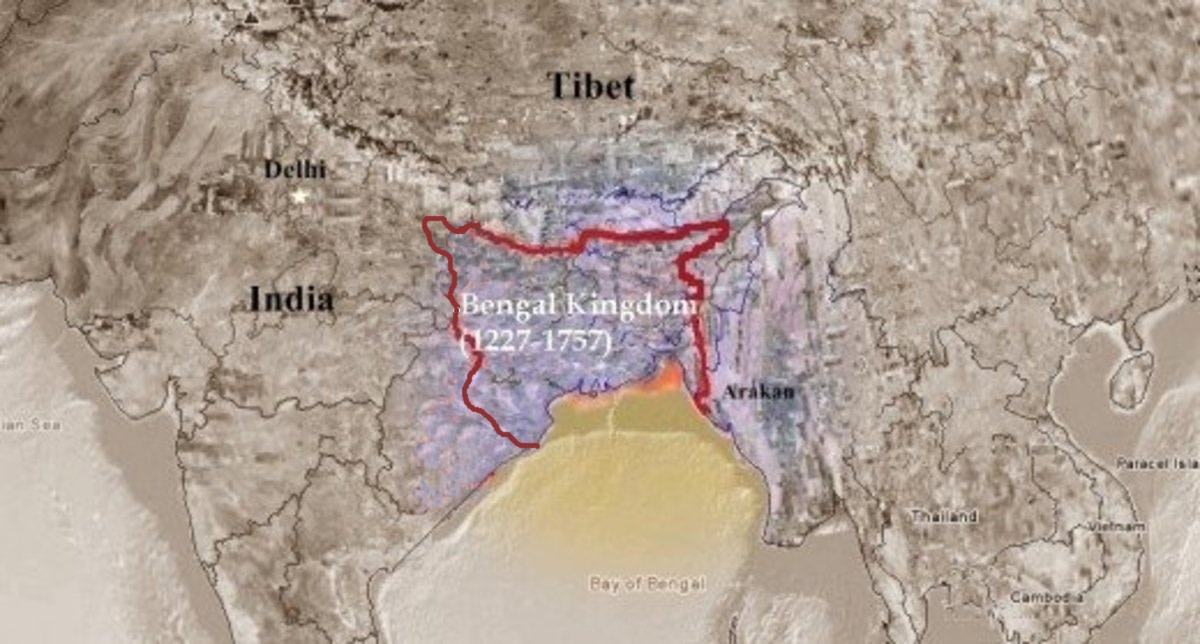The Terra-Cotta Army
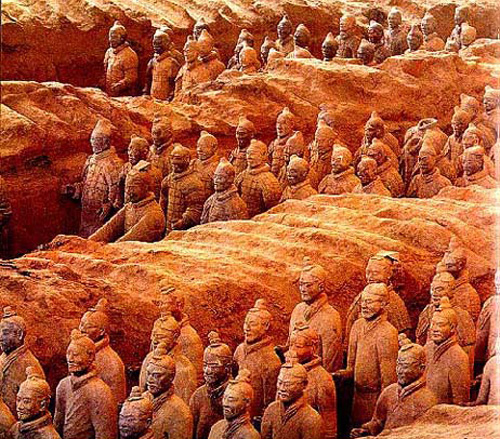
Underneath a persimmon orchard in Central China, near the city of Xian, a huge army of terra-cotta soldiers are buried. They are slowly being unearthed; it is the project of centuries to excavate them all...the terra-cotta cemetery of soldiers extends for 35 square miles, underground.
It is part and parcel of the central mystery of China itself, a 2200-year-old mystery that is coming to light by degrees.
This terra-cotta army of warriors, complete with terra-cotta horses, real weapons, real shields, is the burial complex of China's very first emperor, Qin Shi Huang Di.
Qin (pronounced "Chin", and the root of the name "China" for the land) ruled from 221 to 210 before the Christian era. He unified a vast collection of city-states under one rule; a single dynasty. He began the Great Wall of China. He was a tyrannical reformer; heartless and bold; his army was unparallelled in history. He began the long ages of the great dynasties of China with his reign. He standardized writing, currency and measurements throughout China; he accomplished all this in his eleven-year reign by imposing order with an iron fist.
And yet, his burial complex of terra-cotta soldiers shows mercy, at the end. Those clay people are substitutes for real people who would have otherwise been buried with him.
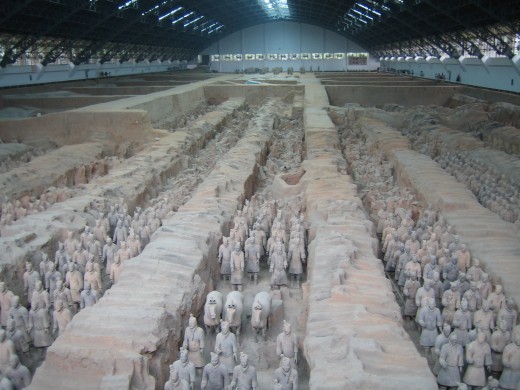
Less than one percent of the army has been excavated so far. It is a project for several lifetimes. The complete army numbers over 6,000 terra-cotta figures. They include soldiers in complete battle dress, with real bronze weapons; foot soldiers, officers, charioteers; even acrobats and jugglers...The soldiers are in battle formation, facing east (the most likely direction of being attacked.) Hundreds of blades, crossbow triggers, and over 40,000 arrowheads have been found so far. Also, terra-cotta horses, fragments of chariots, and lances, swords and shields have also been uncovered.
The army was very colorful when it was first created. The costumes were a gorgeous array of blues and reds, and greens and purples. Hair and eye color was dark--black or brown, but there was some variety of color in the faces.
Time spent underground wore away the colors; also, a first exposure to air after 2200 years of burial made the original colors vanish like smoke. New technology has figured out a way to preserve the colors, so later figures excavated still have some of their original colors.
Each of the terra-cotta soldiers was created with great variety from one individual to the next. The faces were made seperately, using a couple dozen different molds. Then features such as mustaches, ears, hairdos, eyebrow were added, giving a wealth of variety to the army. These were not a featureless mass of people when first created. The bodies were created separately, also with some variations of standard elements. The whole army gives an impression of infinite variety, as in a real army.
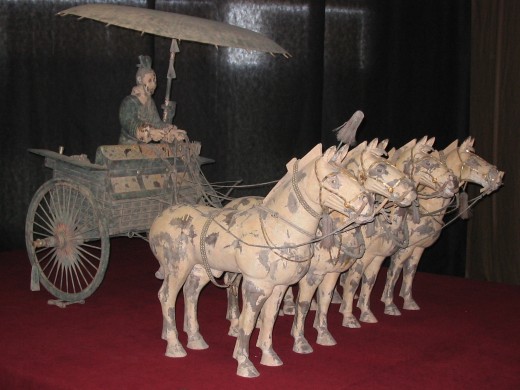
As in the tradition of the ancient pharoahs of Egypt, Qin Shi Huang Di was buried with his most important treasure. Qin's most important treasure was his army.
It is so strange to my mind that this famous and first emperor of China wanted to take with him into the afterlife his army. He must have felt he needed protection from attack, even after death. It may also be that he counted on being able to preserve his realm, even after death, and to remain, for all of eternity, Emperor of China.
Yet he risked not achieving this goal of the afterlife by mercifully substituting terra-cotta men, terra-cotta horses, for living creatures.
No blood sacrifice mars his eternal rest. Requiescat in pace
